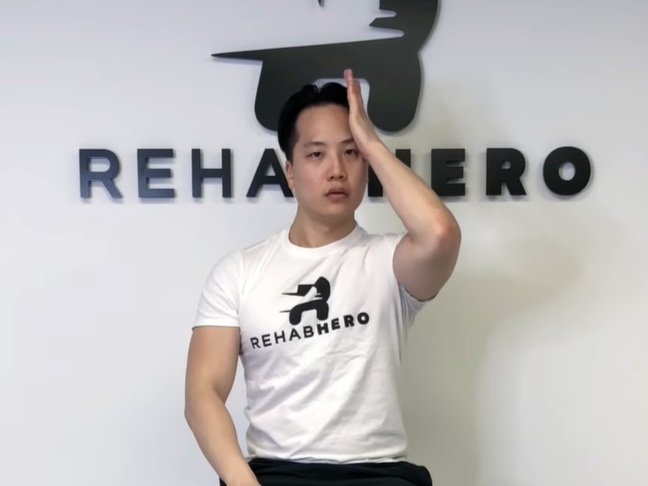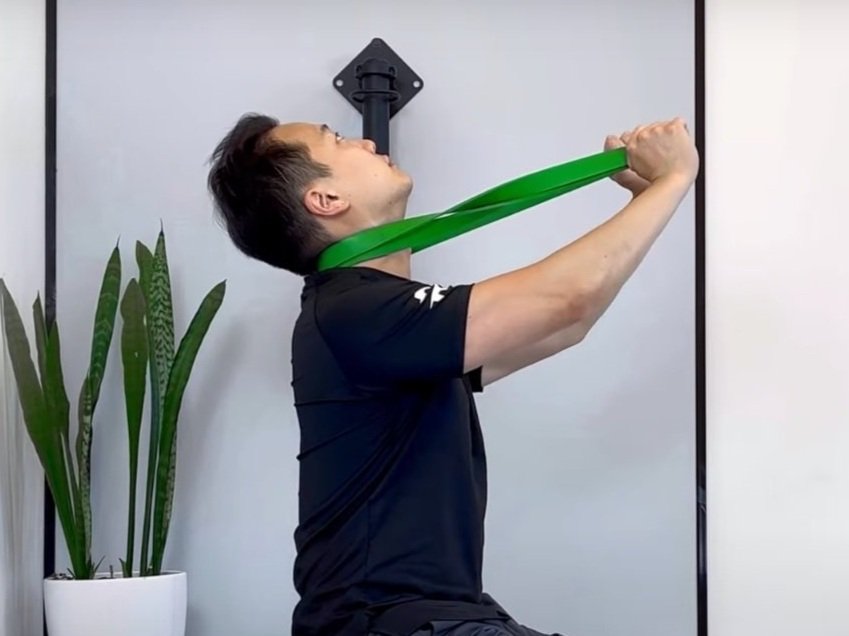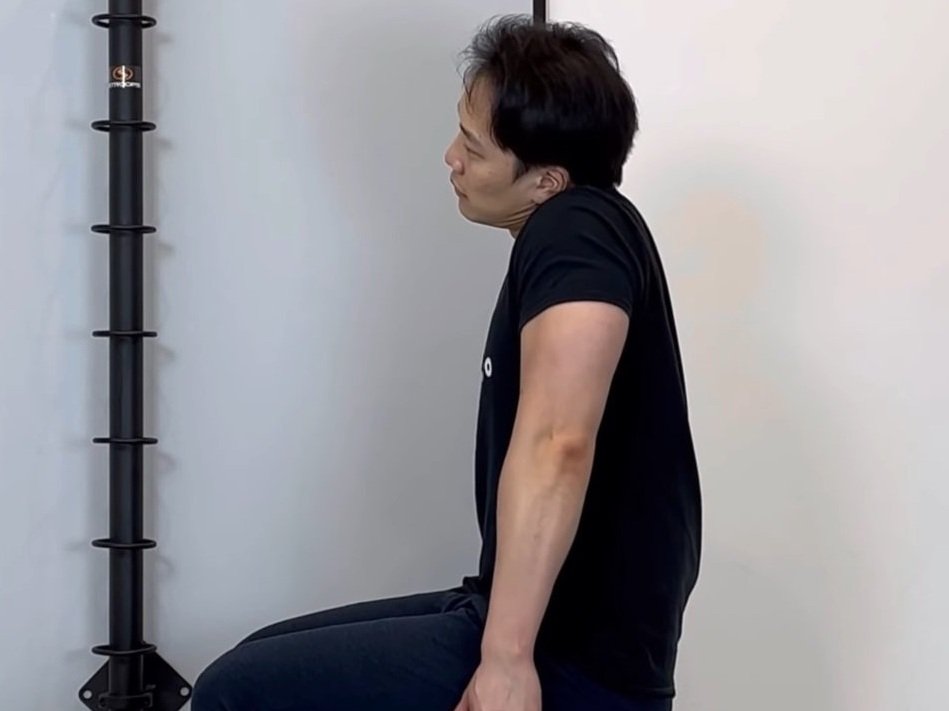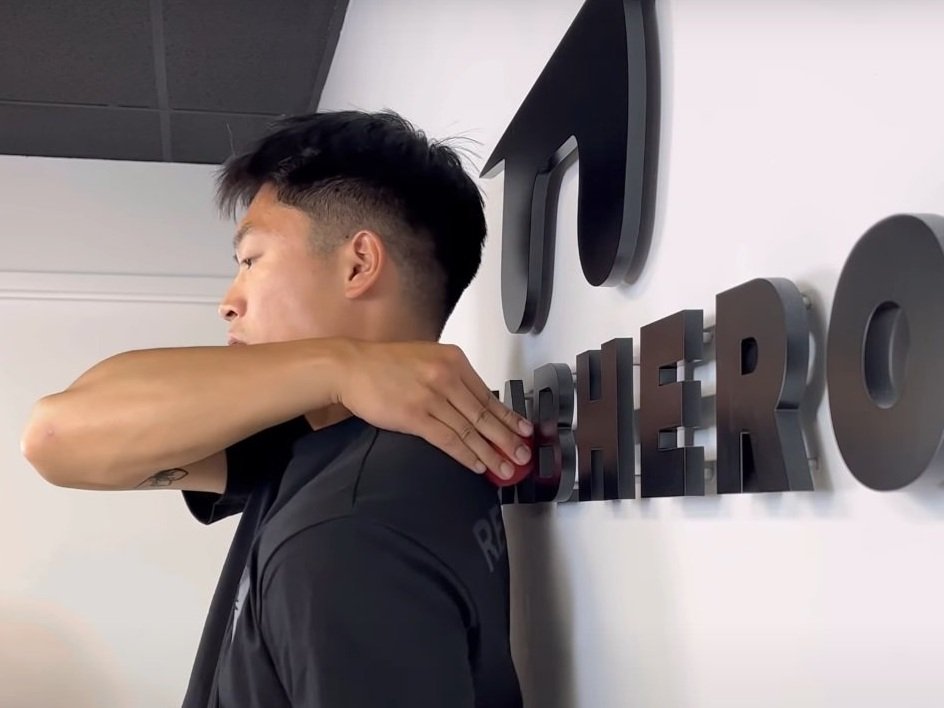Cervical Facet Syndrome
What joint causes neck pain?
Learn about the cervical facet joints and how they can be causing you neck pain.
What are the cervical facet joints?
The cervical facet joints are also known as the zygapophyseal joints and are found in pairs within the spine. In the cervical spine, the facet joints are articulated in a way where side bending occurs with ipsilateral rotation. This means that when the neck is bent to one side, the cervical spine also rotates to that side’s direction (ie right side bending with right rotation). When this joint is irritated it can cause neck pain, headaches, and upper back or shoulder joint referral pain.
Cervical facet joints encircled in red for segments C2-C4.
Who usually gets cervical facet syndrome?
The overall incidence of neck pain is about 34% of the general population. Chronic pain (neck pain lasting over 6 months) is found in an estimated 14% of the population. Of this population, between 26% to 65% have associated cervical facet joint involvement. There are a few associated risk factors and they are:
Previous whiplash injury
Cervical disc injuries
Osteoarthritis or Rheumatoid Arthritis
Repetitive Stress (Postural strain)
What does this condition feel like?
Typical symptoms include pain that is described as dull or achy. Sometimes pain can be sharp in acute accidents. Limited range of motion may be found and pain tends to be localized to a specific joint segment. Lastly headaches may be associated with neck / shoulder pain.
You may also have neck spasms or acute torticollis with this condition. The pain may also refer to the shoulder or midback, and in rarer circumstances the pain can refer to the elbow. These symptoms are typically relieved when lying down on your back.
Pain can be reproduced when moving the neck into extension and rotation. This position causes the facet joints to contact each other which may irritate the joint and produce pain.
Special Tests for Cervical Facet Syndrome
You can visit your local physiotherapist or chiropractor to get assessed to see if your neck pain is due to cervical facet syndrome. Here are a few tests they may do to diagnose this condition:
Cervical Kemp’s Test
The goal of this test is to compress the affected cervical facet joints by combining lateral bending and extension. A positive test is reproduction of local or referral pain.
Cervical Distraction Test
The goal of this test is to decompress the cervical facet joints. A positive test is when pain is reduced when the clinician distracts the facet joints.
To get your neck pain assessed by a Rehab Hero qualified clinician click the button below to book an appointment:
Which treatments work for this condition?
Treatments will generally focus on improving pain free range of motion and reducing myospasm of local musculature. A few treatment options come to mind with this condition:
Massage Therapy: Myofascial release techniques can be used to target associated neck muscles to reduce myospasms. Muscles that may be targeted include the upper trapezius, levator scapulae, splenius capitis, splenius cervicis, sternocleidomastoid, and scalenes.
Chiropractic: Joint manipulation of the cervical spine (also known as neck adjustments) may be used in addition to sports massage techniques to improve joint range of motion and to reduce acute pain. Joint mobilization techniques like cervical distractions can also be used for compressed joints.
Acupuncture: At Rehab Hero acupuncture can be provided by our registered massage therapists, physiotherapists or chiropractors. Acupuncture may be used in conjunction with electrotherapy to de-facilitate pain and improve local blood flow circulation.
Physiotherapy: Your physiotherapist may do joint mobilization techniques or sports massages in order to help reduce pain and improve function. Following these passive therapies, exercise rehabilitation may be prescribed to improve long term outcomes. Exercises generally will focus on joint mobility in the cervical spine and upper thoracic spine.
Osteopathy: Your osteopathic manual practitioner may use muscle energy techniques to down regulate muscle hypertonicity. These techniques may also be used to improve joint range of motion and mobility.
Which exercises can help with cervical facet pain?
Generally exercises that promote decompression of the cervical spine, pain free active range of motion, and isometric strengthening can help with reducing neck pain. Here are examples of each type of exercise:
For additional exercise specific to your pain experience, or to ask for clarification if these exercises are appropriate for you, book in an appointment at Rehab Hero using the following link:
Written By:
Dr. David Song, Chiropractor, Rehab Coach




























